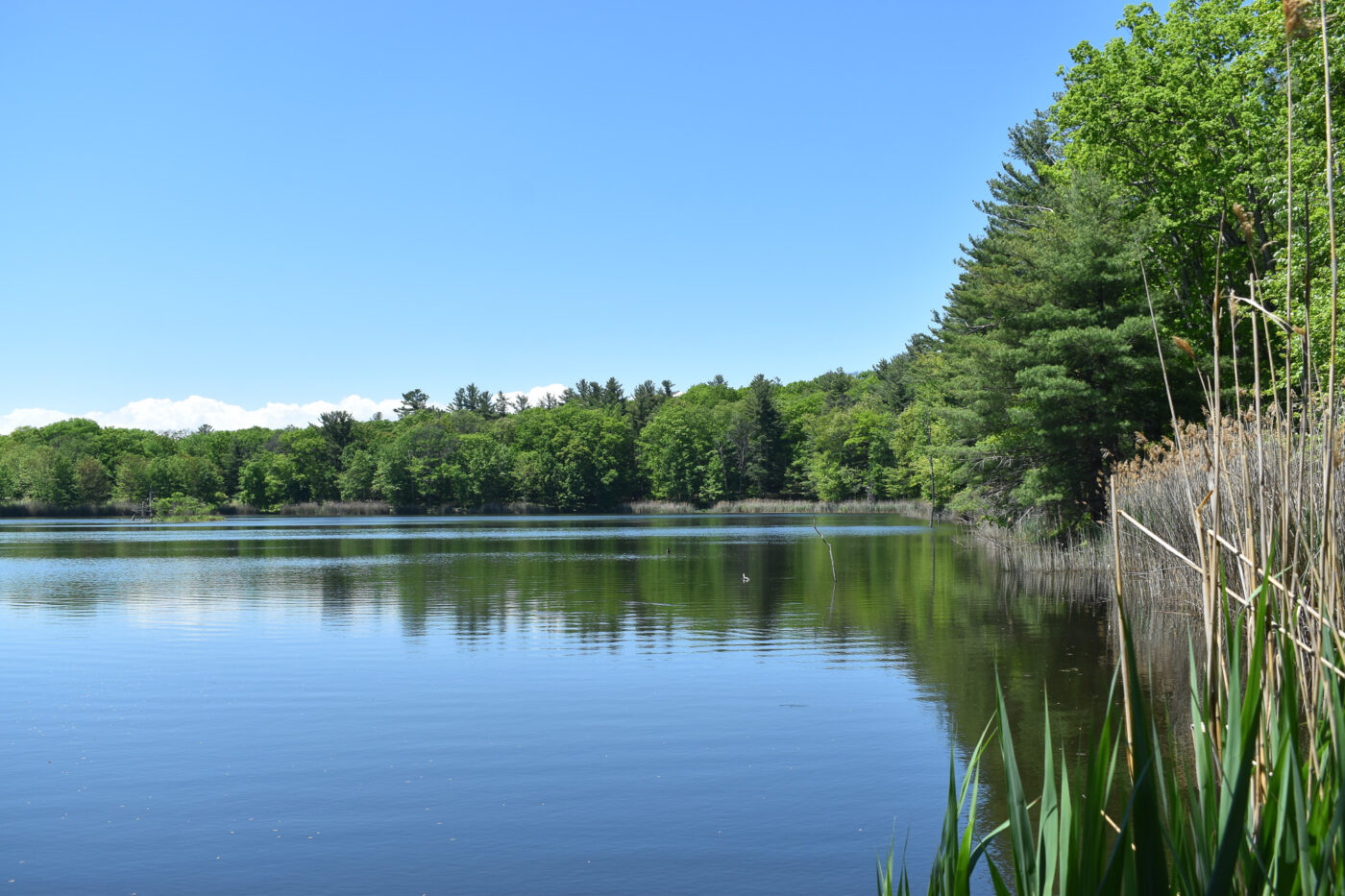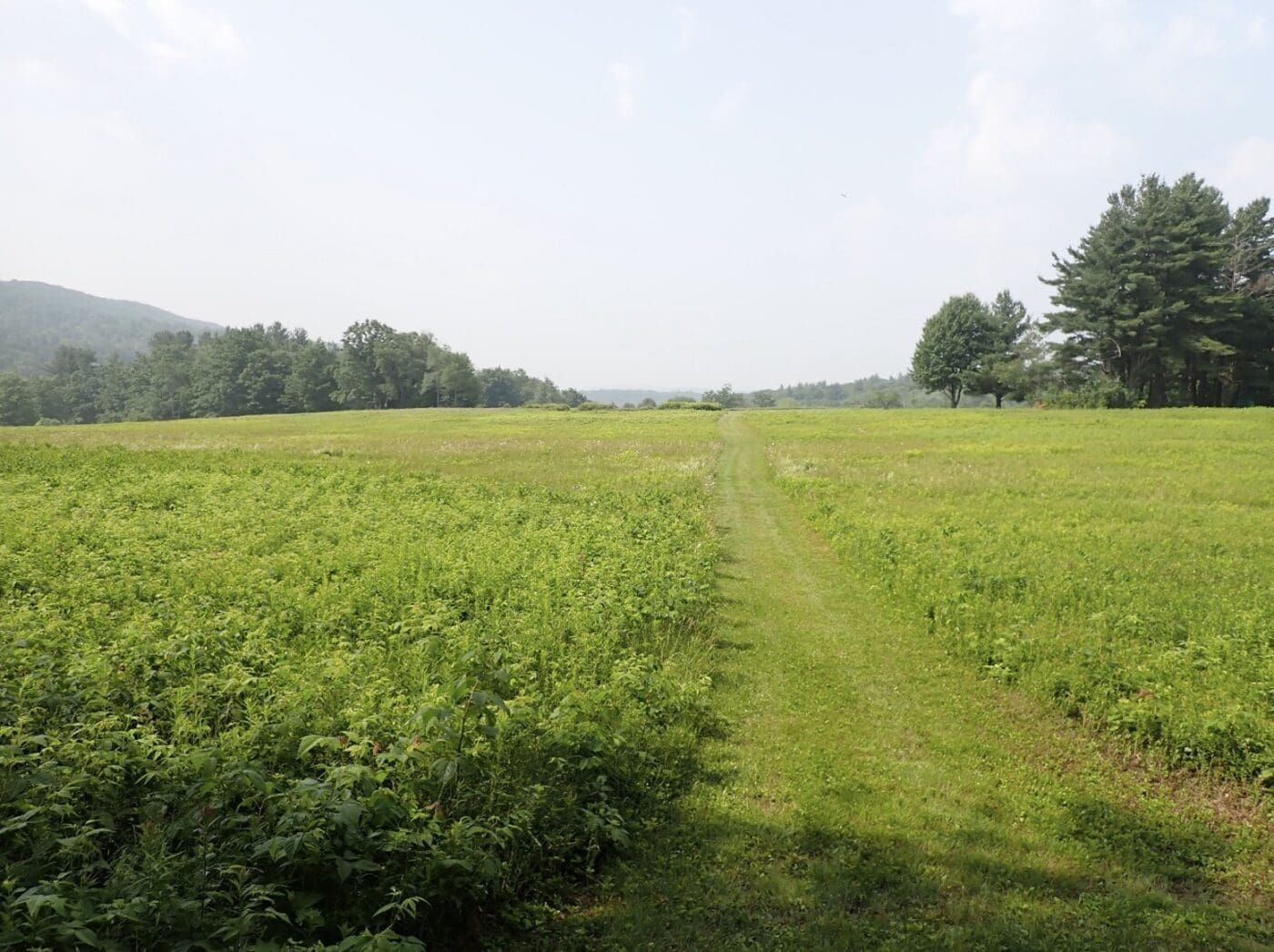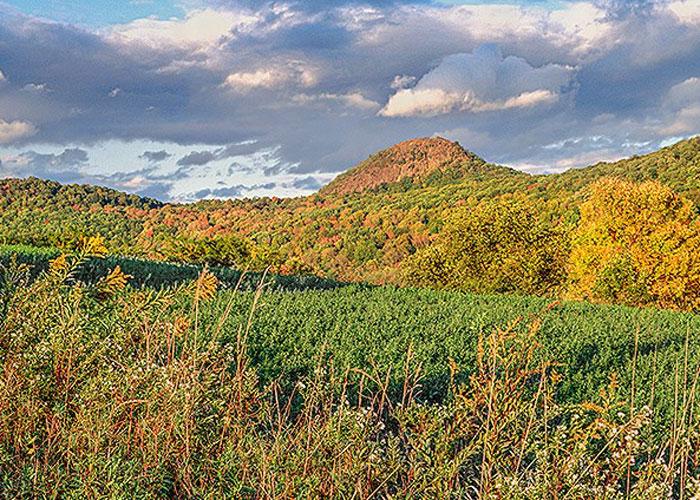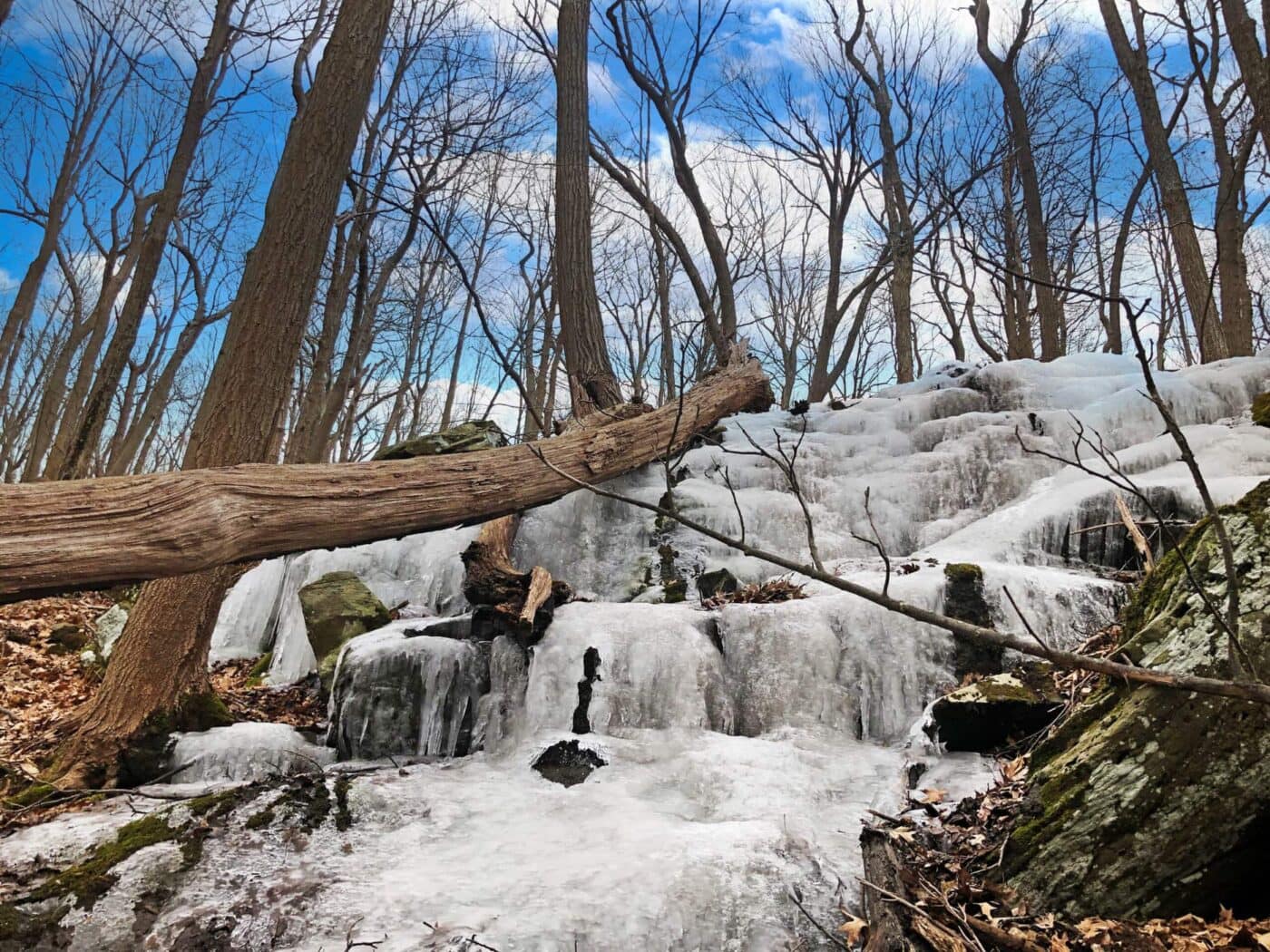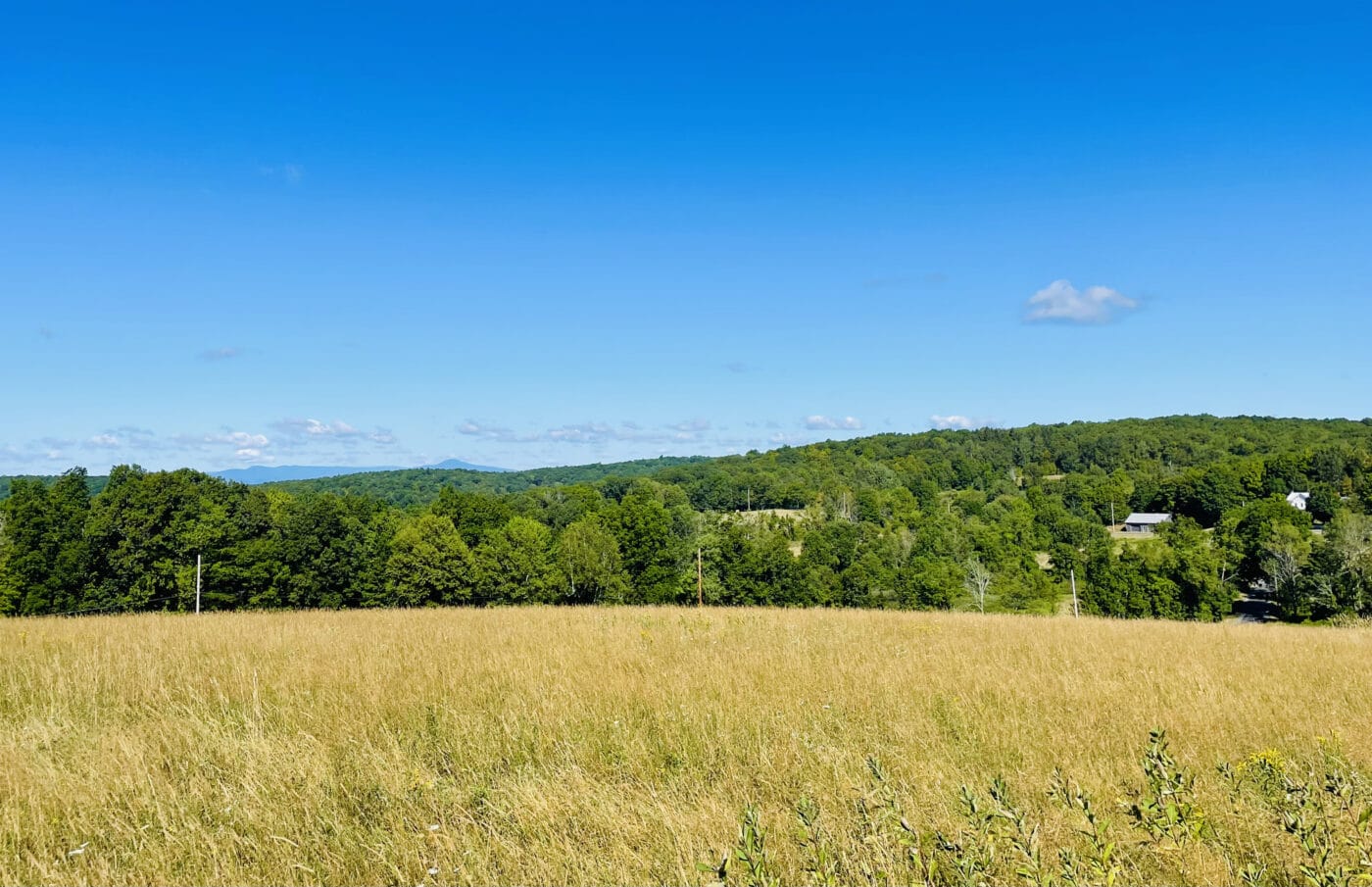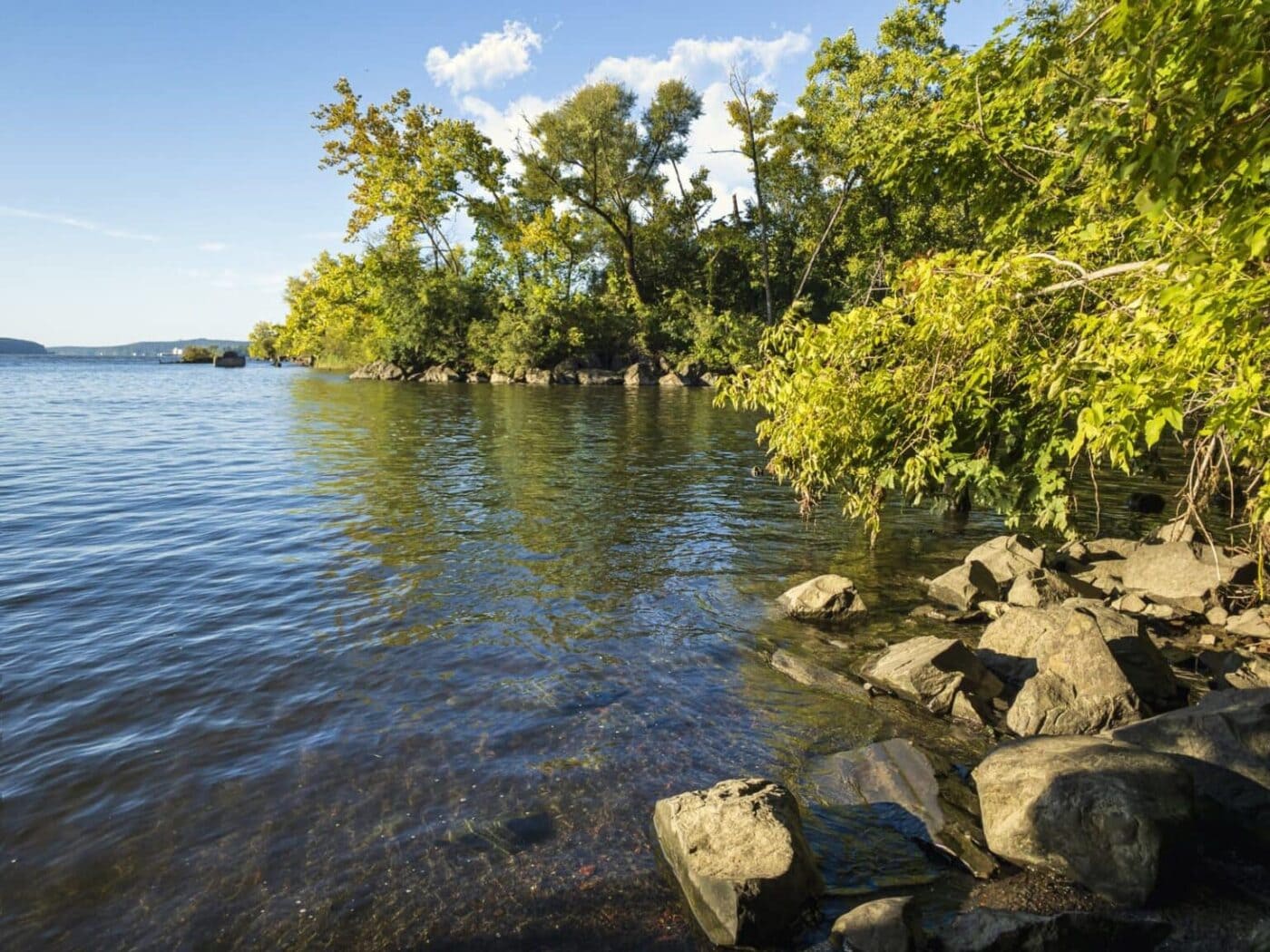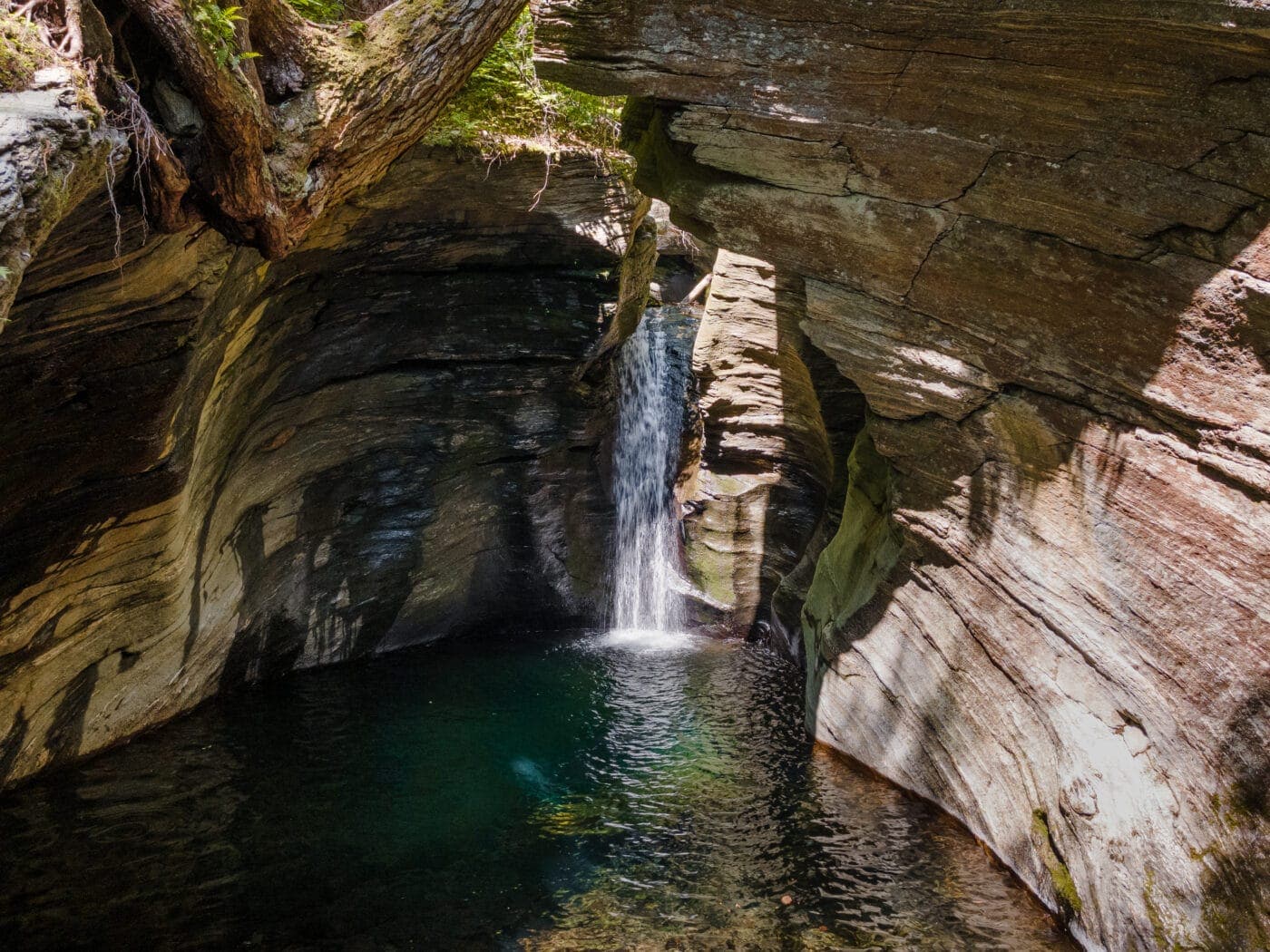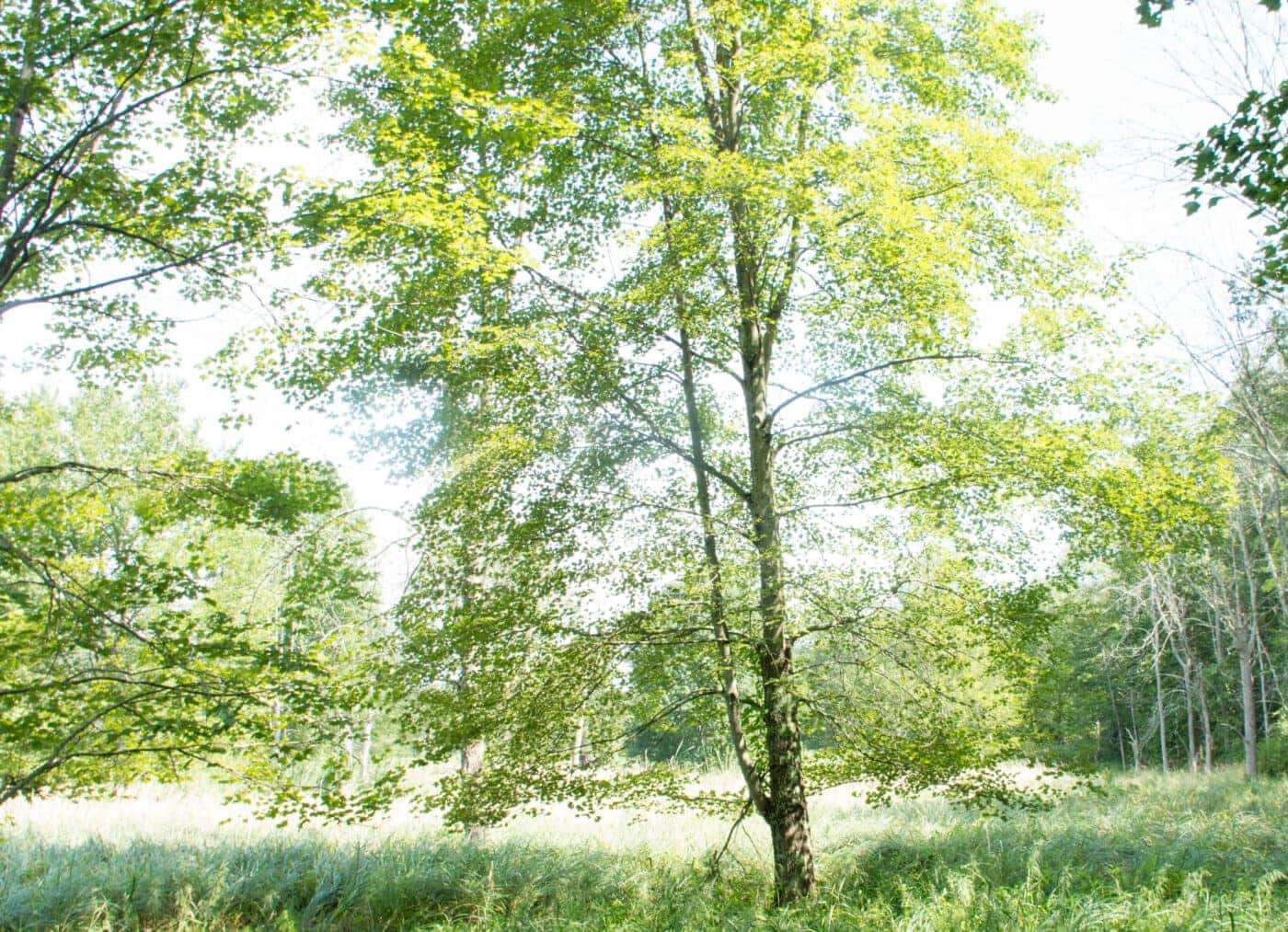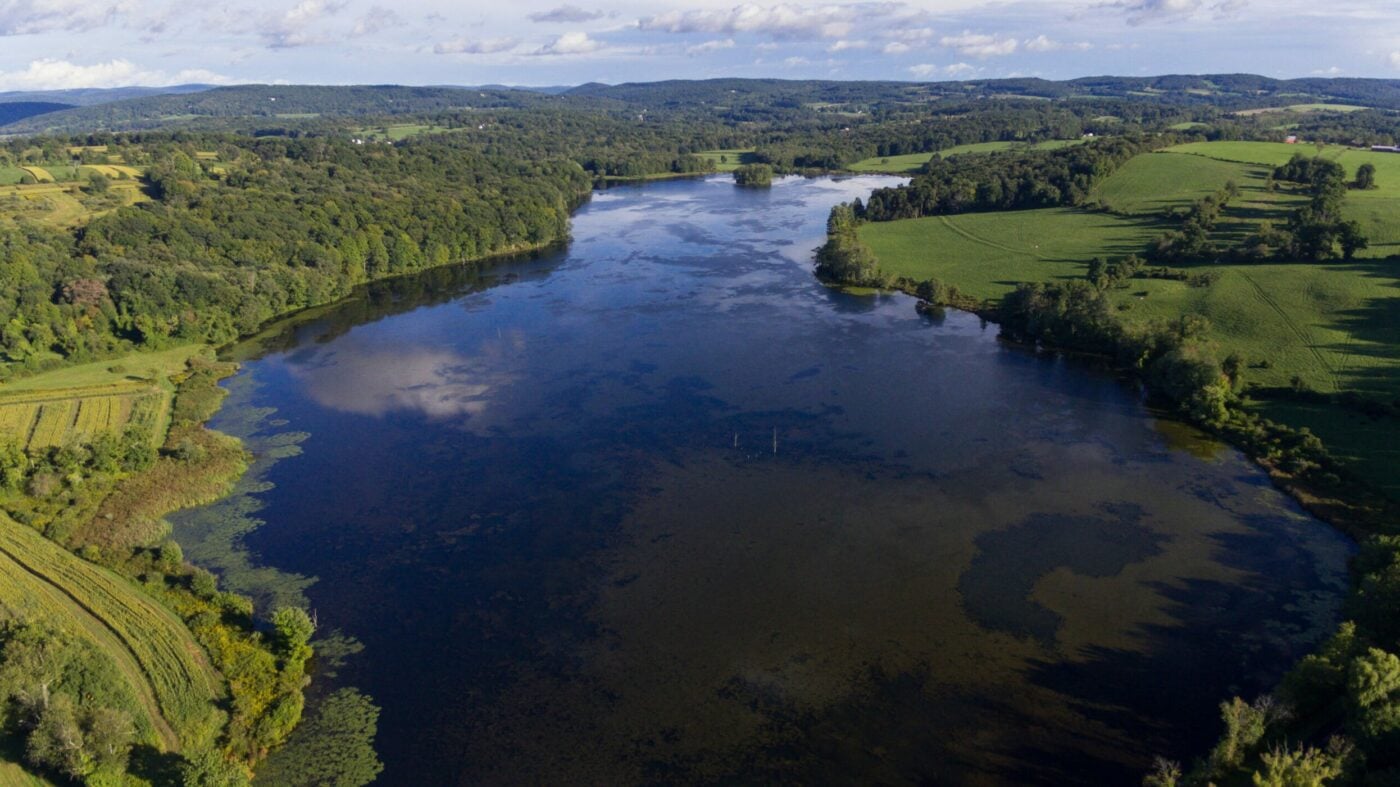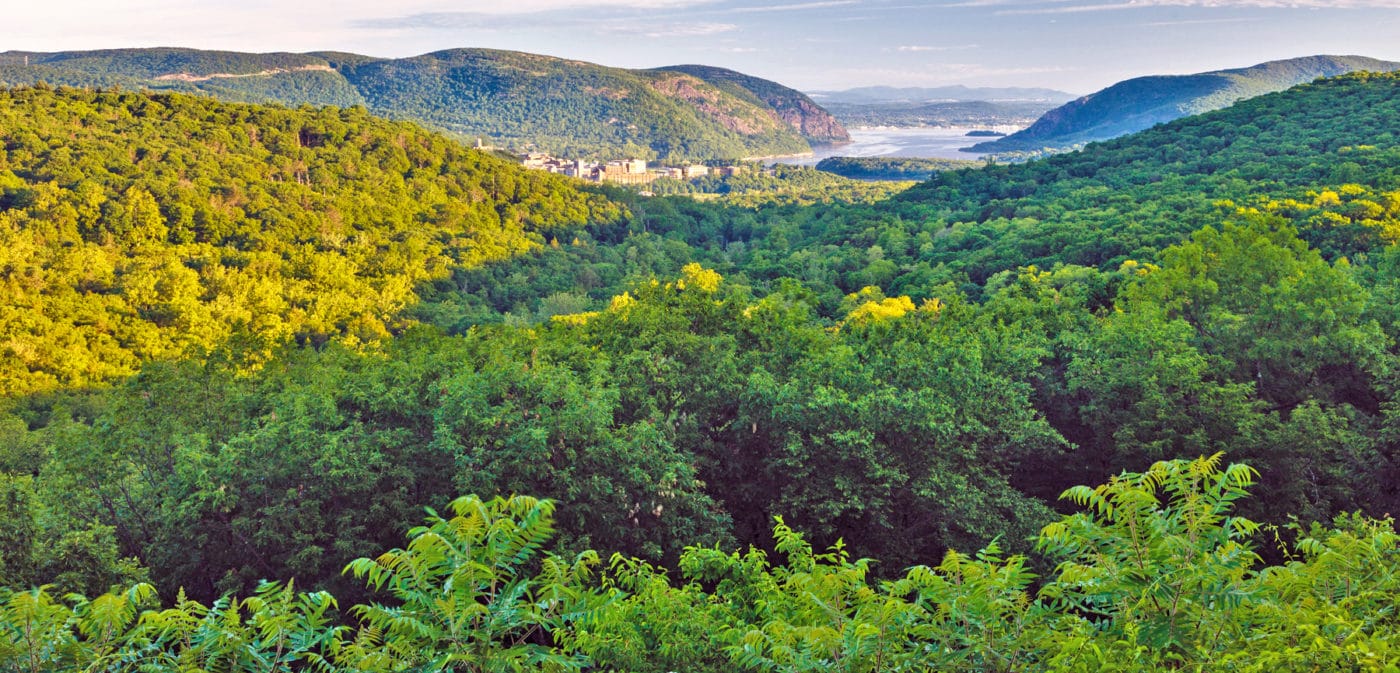Ecology
Securing the valley’s astonishing biodiversity and globally important habitats by thinking of the big picture.
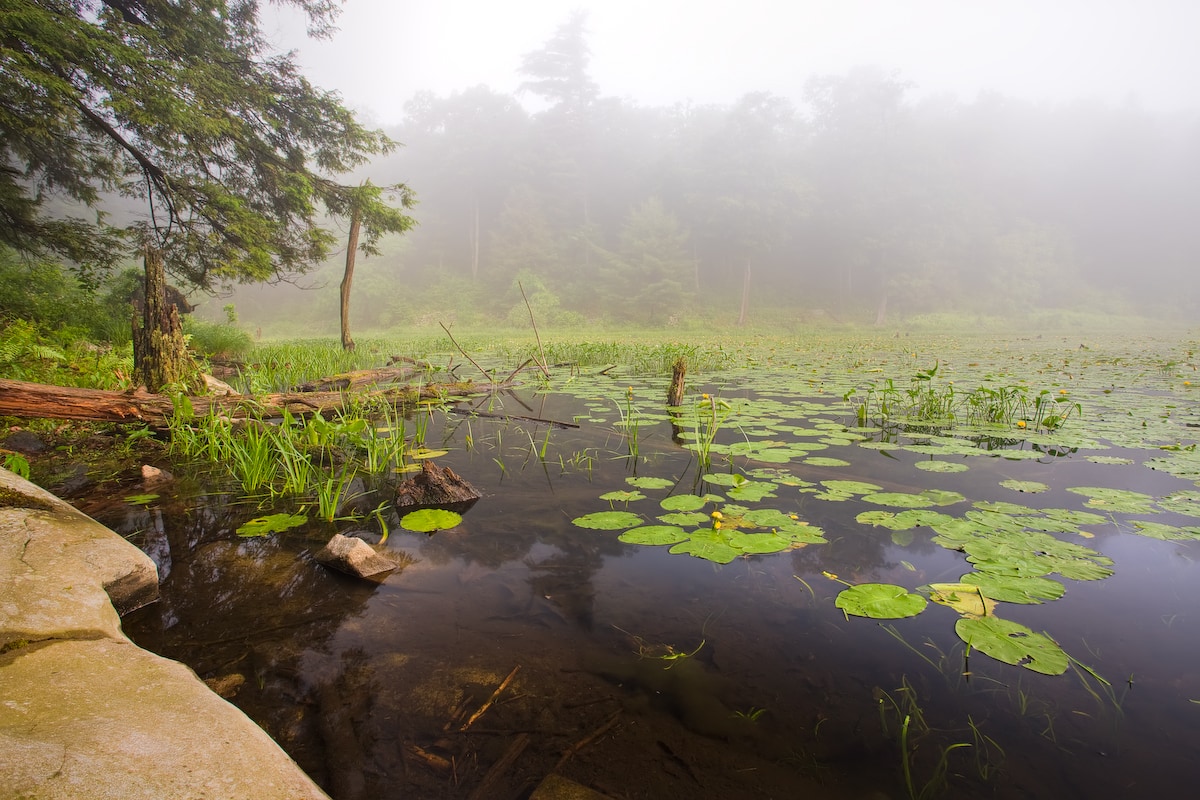
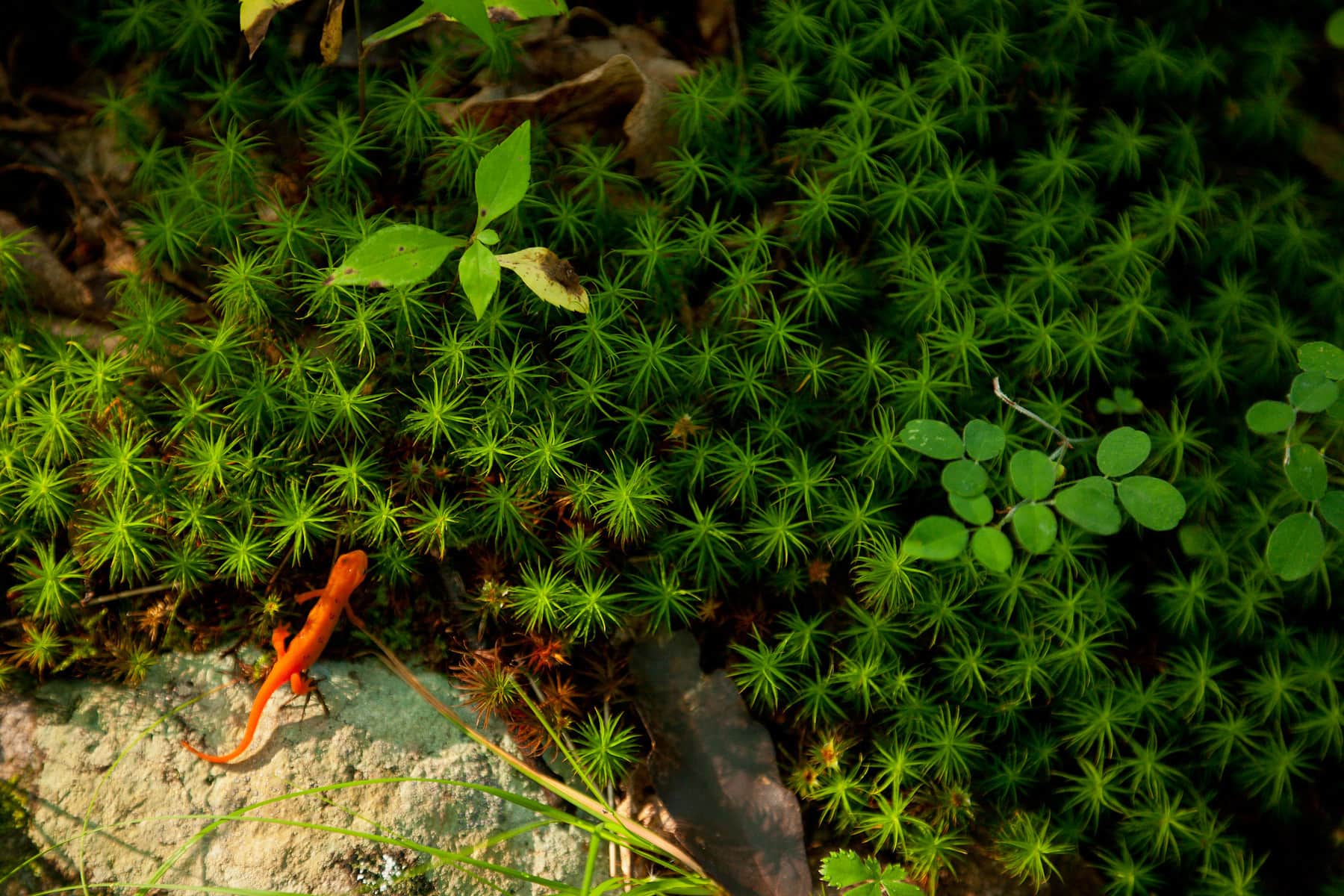
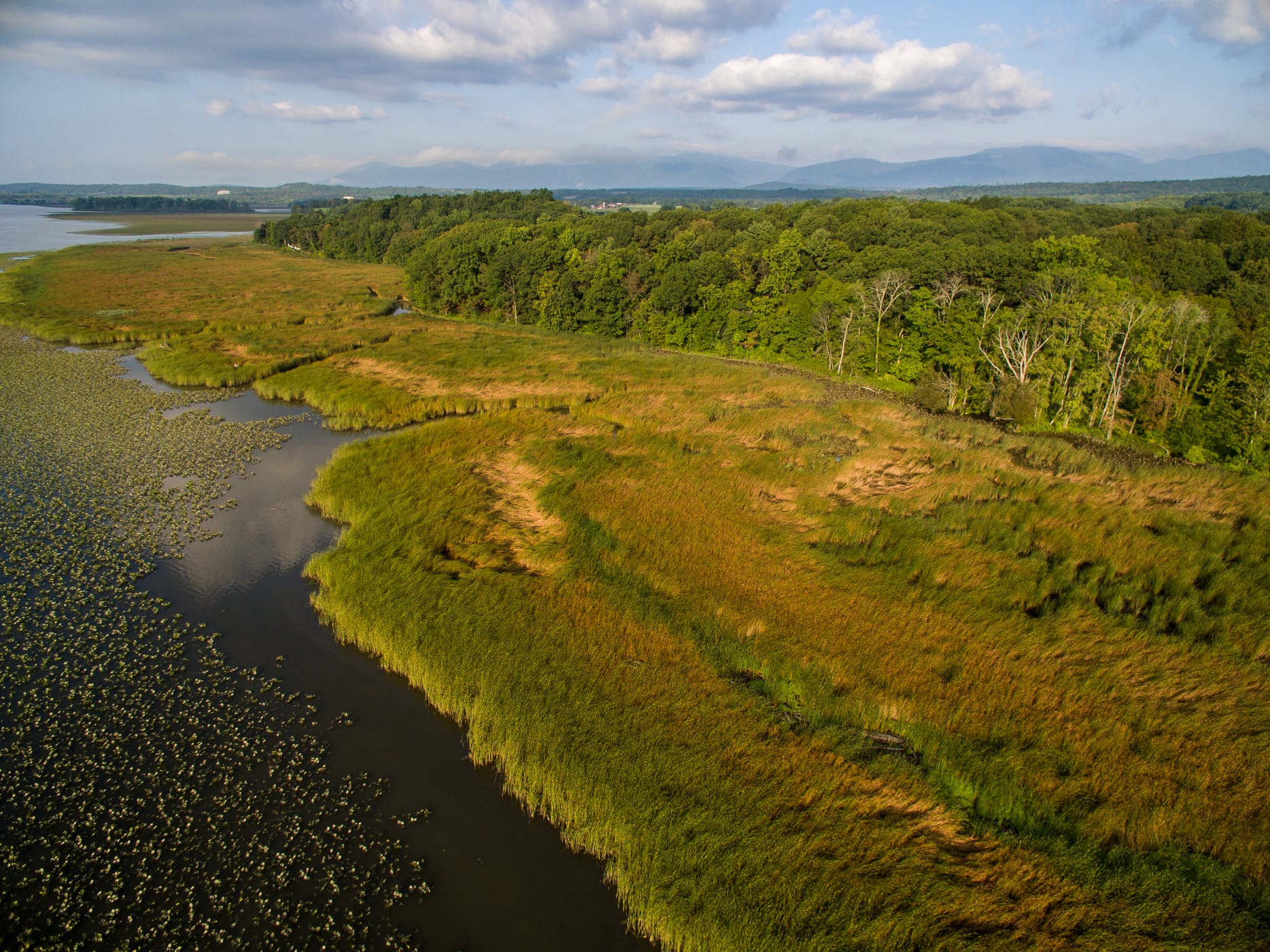
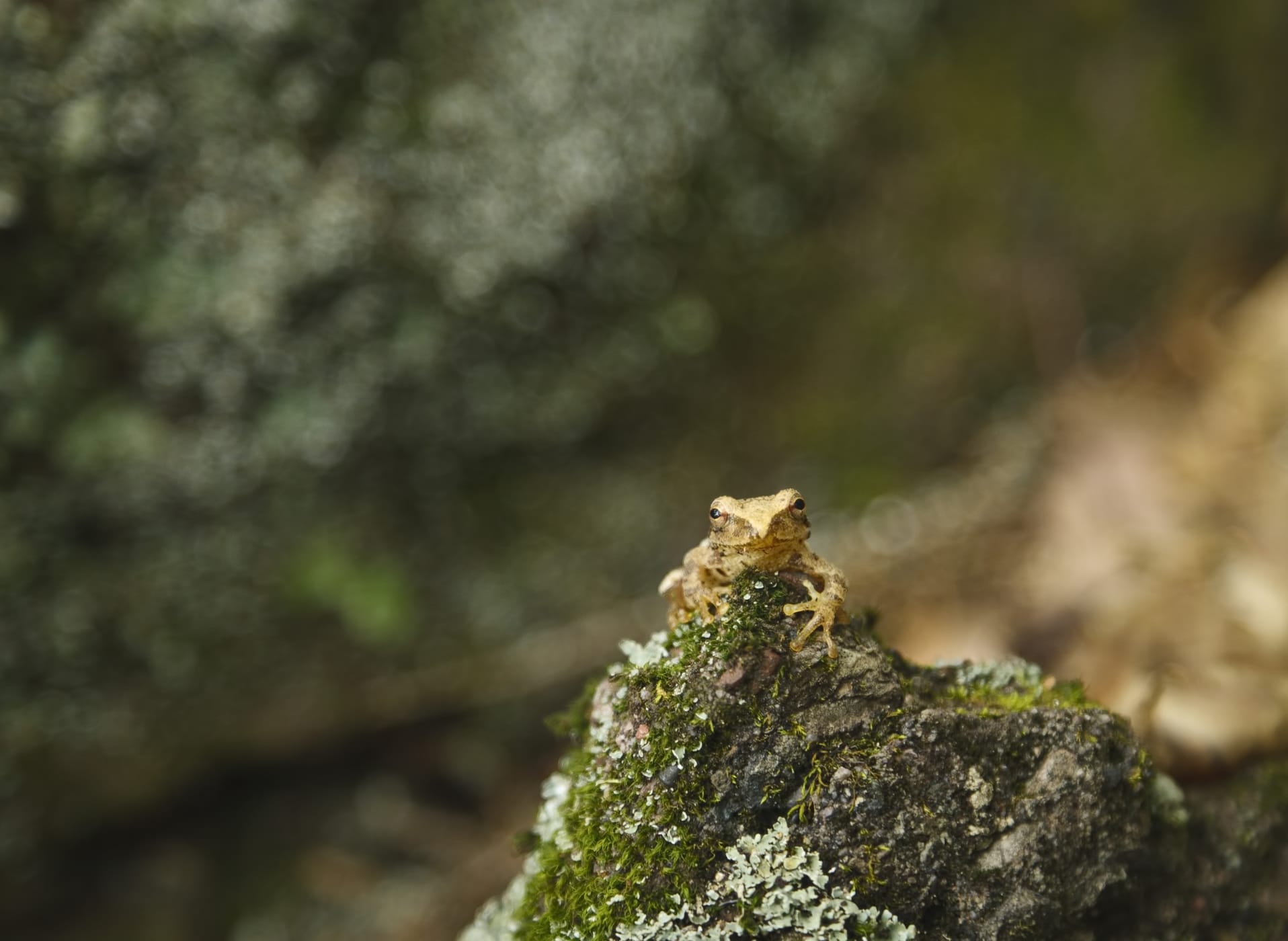
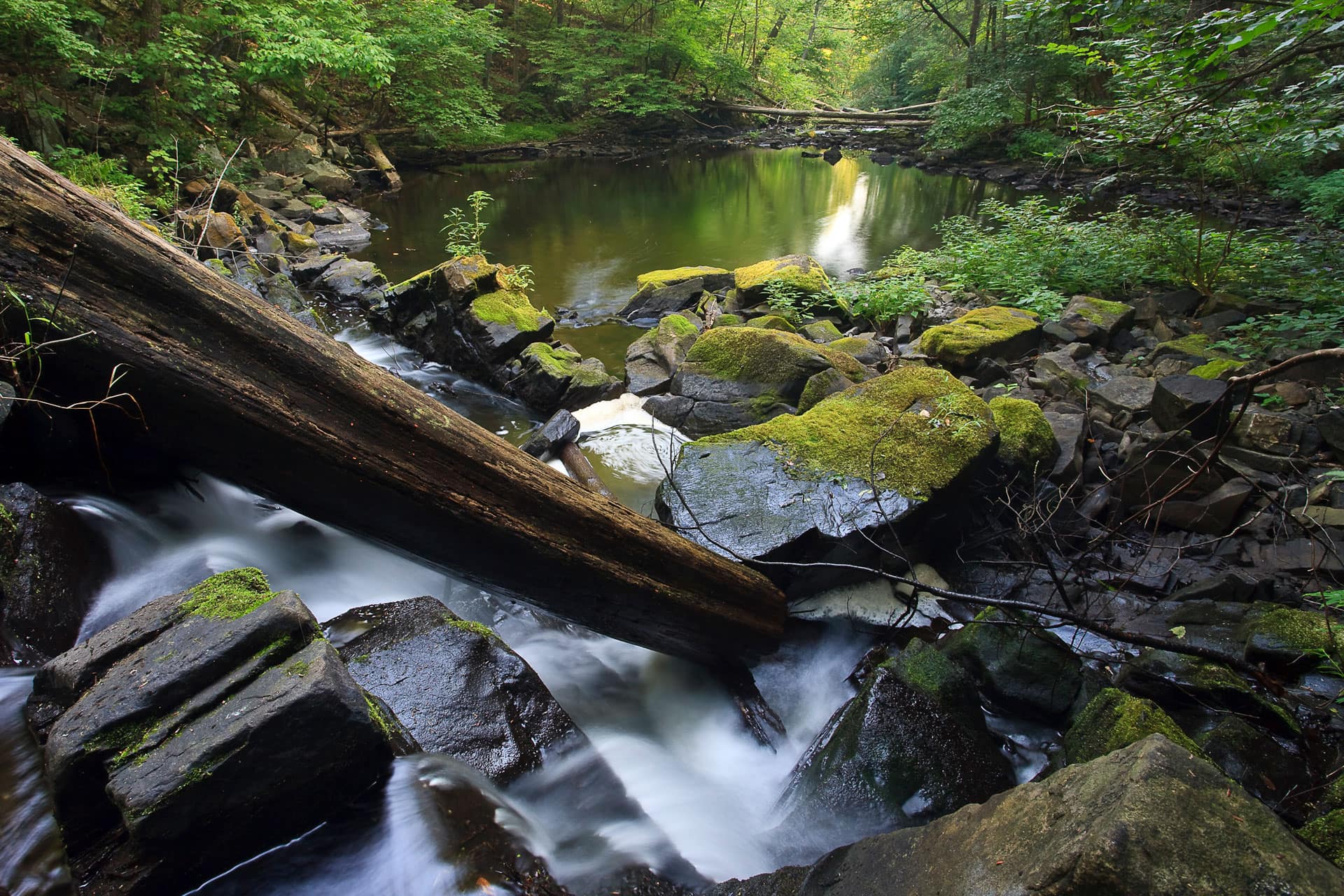
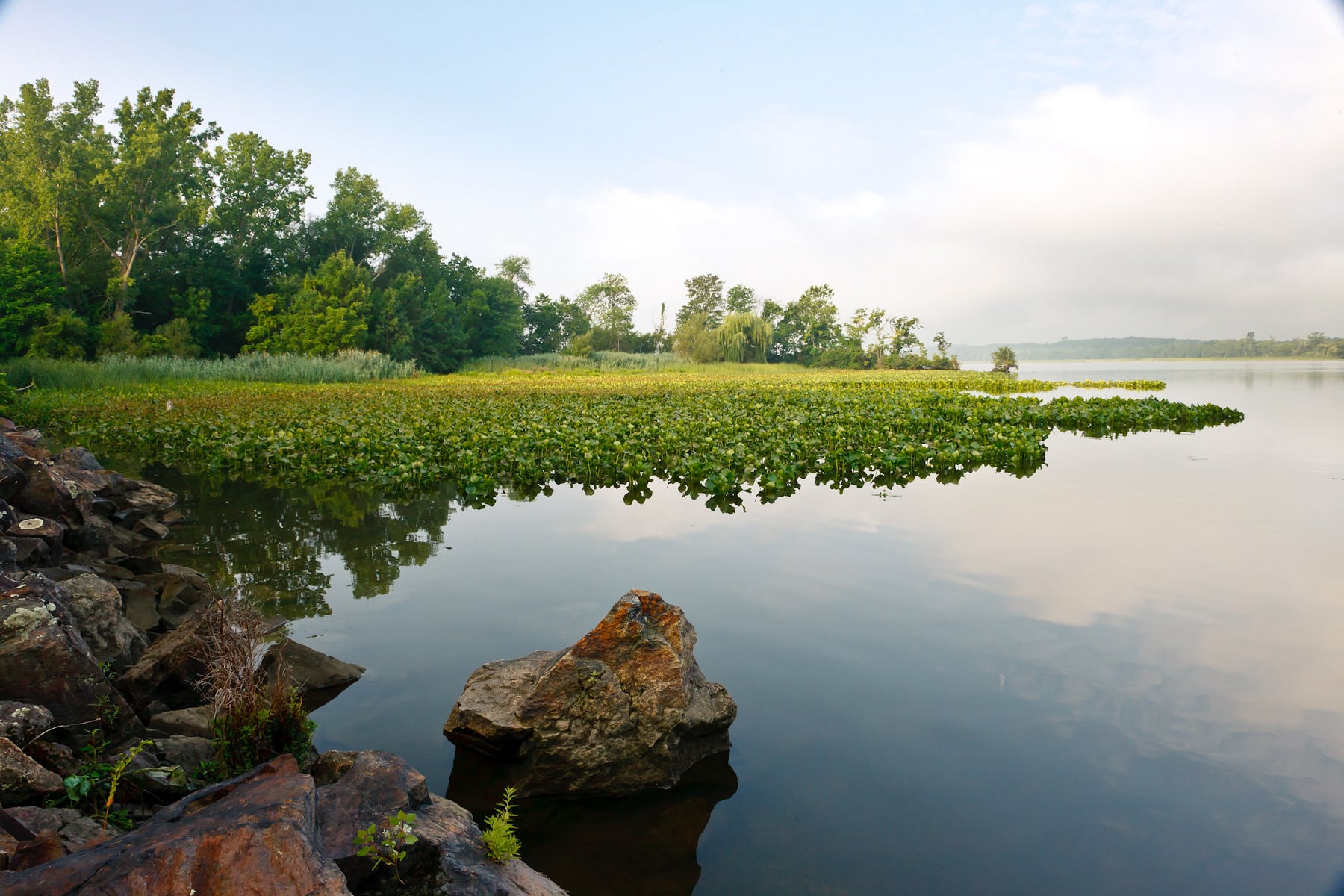
The Hudson River and the lands along it help to sustain some of the world’s most awe-inspiring creatures, from Atlantic sturgeon and snapping turtles — species as old as the dinosaurs — to bald eagles and monarch butterflies.
Studies show that ecosystems with high biodiversity (variety of plants and wildlife) are more productive and better able to withstand environmental shifts than those with a low variety of species. Increased threats like rising sea levels, more frequent flooding and heat waves, wind damage, and less predictable rainfall make it even more urgent to protect our region’s diverse and globally important habitats.
Hudson Valley Conservation Strategy
That’s why we created the Hudson Valley Conservation Strategy (HVCS) — to help us protect the region’s lands, waters, and wildlife in the face of climate change. By linking protected lands into larger networks, the strategy identifies conservation areas that achieve more together than alone — connected habitats that help:
- sustain biodiversity;
- increase resilience to sea level rise, more extreme and unpredictable weather, more frequent flooding, and other climate impacts;
- protect pathways people and species rely on for movement and survival; and
- promote health benefits for both people and wildlife.
We’re protecting and restoring a range of environments for a variety of reasons:
- Tidal Wetlands provide prime nurseries and breeding areas for many fish species and important stopovers for migratory birds.
- Wetlands filter pollution before it reaches drinking water supplies and soak up floodwaters.
- Meadows support grassland wildlife critical for pollinating crops and eliminating pests, and improve water quality and carbon storage.
- Forests help filter pollutants that contribute to asthma, lung cancer and cardiovascular disease; reduce climate impacts by shading out heat and preventing erosion during floods; store and sequester (trap or retain) carbon; improve water quality; and provide habitat for wildlife.
Managing Scenic Hudson Lands
In addition to offering recreation and inspiration, Scenic Hudson parks and preserves play critical roles in the natural system that filters air and water. They also provide habitats for the great diversity of plants and animals found in the Hudson Valley. We manage Scenic Hudson lands to maximize their benefits to wildlife and people — by protecting rare species, controlling invasive (non-native) species, and restoring the ecological function of their lands and waters.

